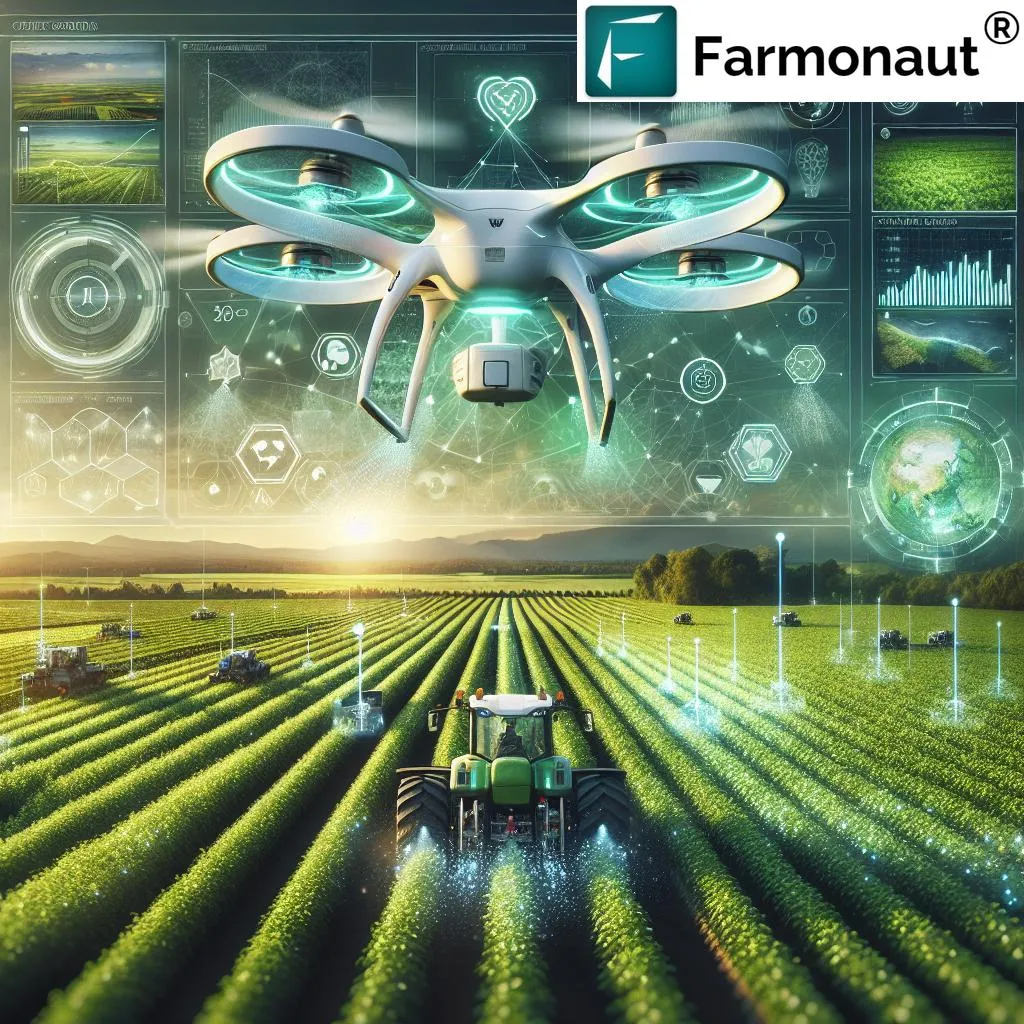In the vast, often overlooked expanses of rangelands, a technological revolution is underway, one that promises to reshape sustainable agriculture and bolster food security. A comprehensive review published in ‘Trees, Forests and People’ has shed light on the transformative potential of modeling and remote sensing techniques in monitoring and managing these critical ecosystems. The research, led by Renaud Kévin Houinato from the Laboratory of Biomathematics and Forest Estimations at the University of Abomey-Calavi in Benin, offers a roadmap for the future of rangeland management, with significant implications for the agriculture sector.
Rangelands, which cover over half of the Earth’s land surface, are under increasing pressure from climate change, land degradation, and agricultural expansion. Effective management of these areas is crucial for livestock production, food security, and ecological services like carbon sequestration and water regulation. The review, which followed PRISMA guidelines and analyzed 102 peer-reviewed publications, highlights the latest tools enabling accurate monitoring and prediction of rangeland dynamics.
Among the key technologies revolutionizing rangeland management are machine learning algorithms, unmanned aerial vehicles (UAVs), and multispectral sensors. These innovations have significantly improved biomass estimation, a critical factor in rangeland management. “The integration of these technologies has allowed us to achieve performance metrics such as R2>0.85, which is a significant improvement over conventional algorithms,” Houinato explained.
Satellite remote sensing, particularly through Sentinel-2 and Landsat 8/9, has emerged as a game-changer, providing consistent, scalable, and repeatable observations from regional to global scales. Methods like Deep Neural Networks (DNN), Random Forest (RF), and Object-Based Image Analysis (OBIA) have outperformed traditional approaches, offering more accurate and reliable data.
The development of multispectral sensors, especially bands like NIR and red-edge, has enhanced vegetation index calculations, while LiDAR technology has improved biomass prediction by incorporating terrain structure and canopy height data. These advancements have profound commercial implications for the agriculture sector. Farmers and ranchers can now make data-driven decisions, optimizing forage production and livestock management, ultimately leading to increased productivity and profitability.
However, the review also highlights challenges that need to be addressed, including data quality, sensor integration, and harmonizing datasets for predictive modeling. Despite these hurdles, the research underscores the need for further integration of advanced technologies, such as hyperspectral sensors, to enhance our understanding and management of rangelands.
The findings of this review could shape future developments in the field, driving the adoption of advanced technologies in rangeland management. As Houinato noted, “The future lies in the integration of these technologies, which will enable us to monitor and manage rangelands more effectively, ensuring their sustainability and productivity.”
For the agriculture sector, this research opens up new possibilities for precision farming, sustainable land use, and improved resource management. By leveraging these technological advancements, stakeholders can mitigate the impacts of climate change, enhance biodiversity, and secure food supplies for a growing global population. The journey towards sustainable rangeland management is well underway, and the future looks promising.

